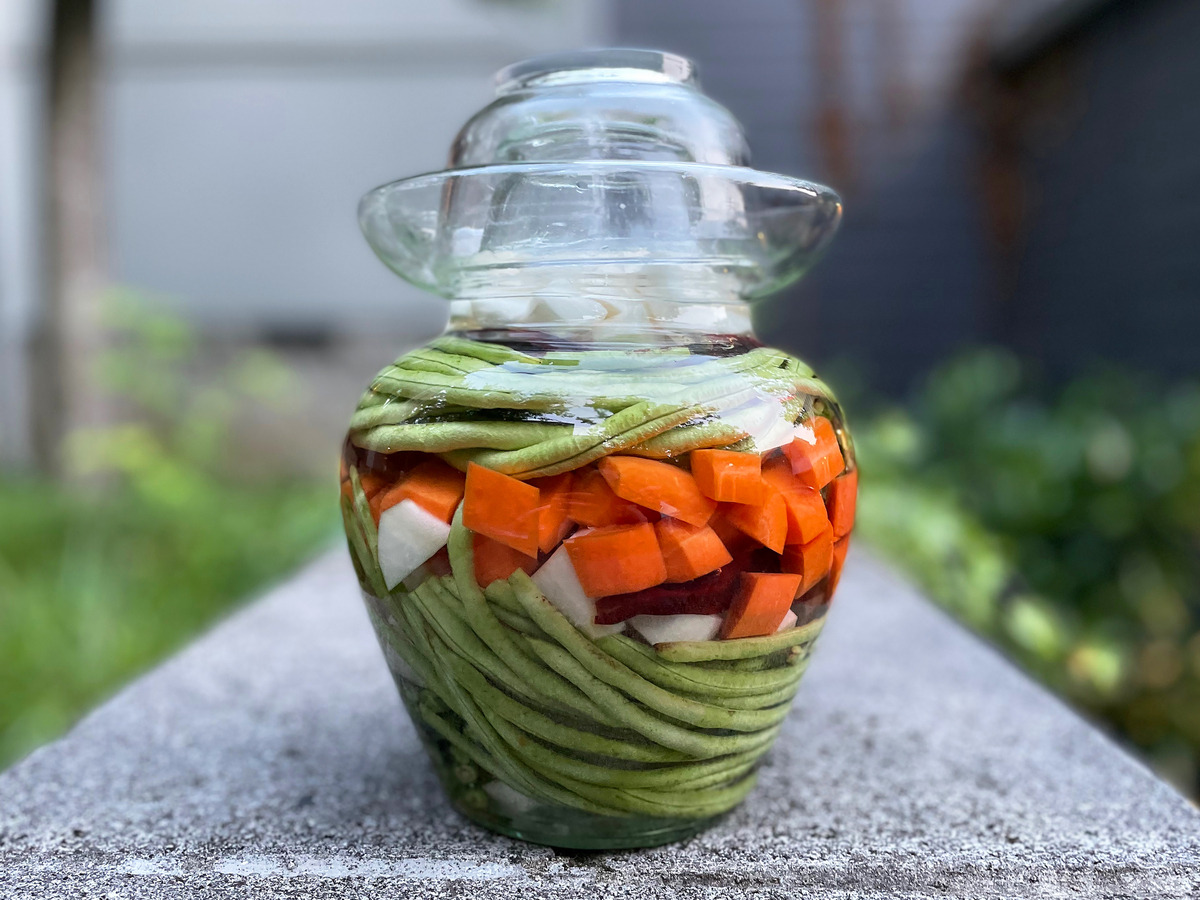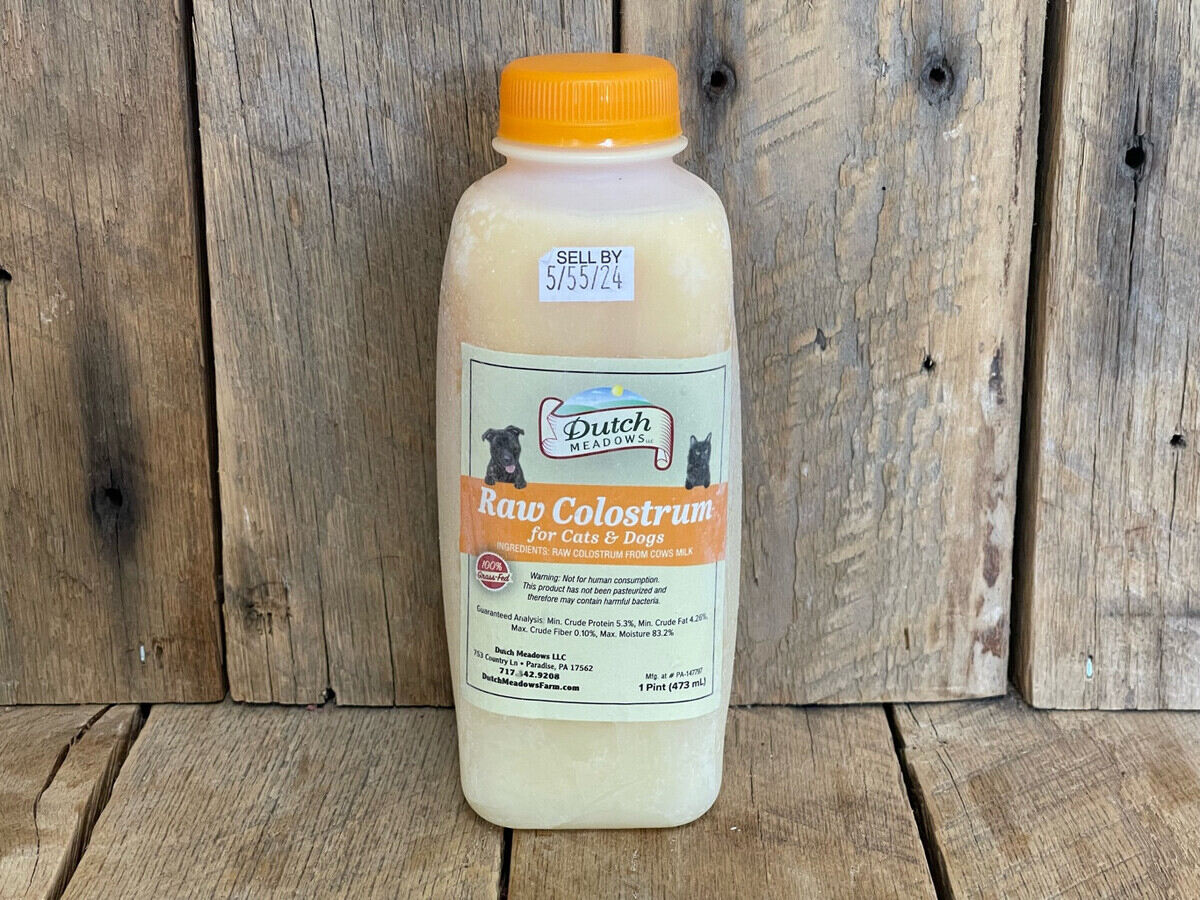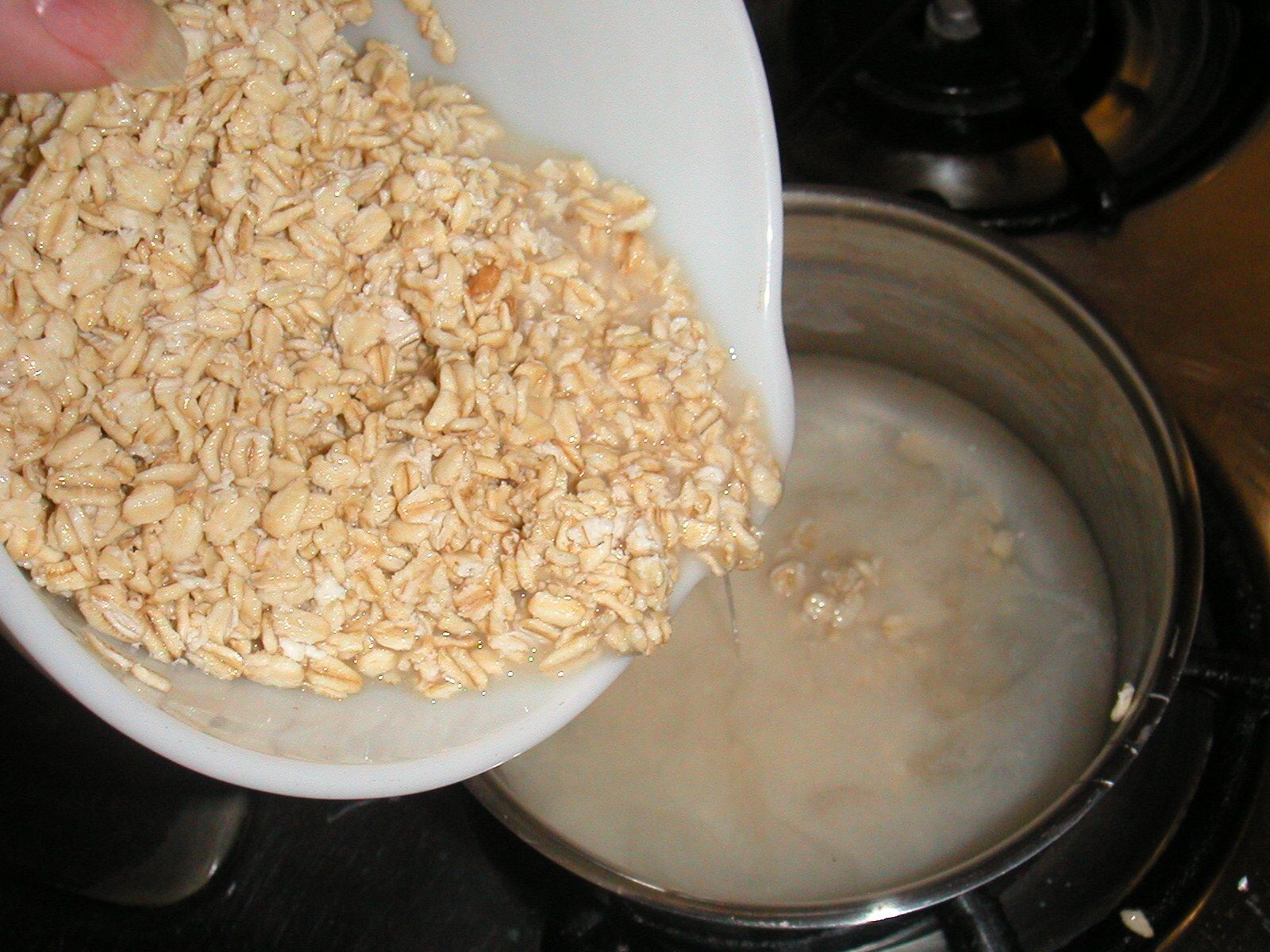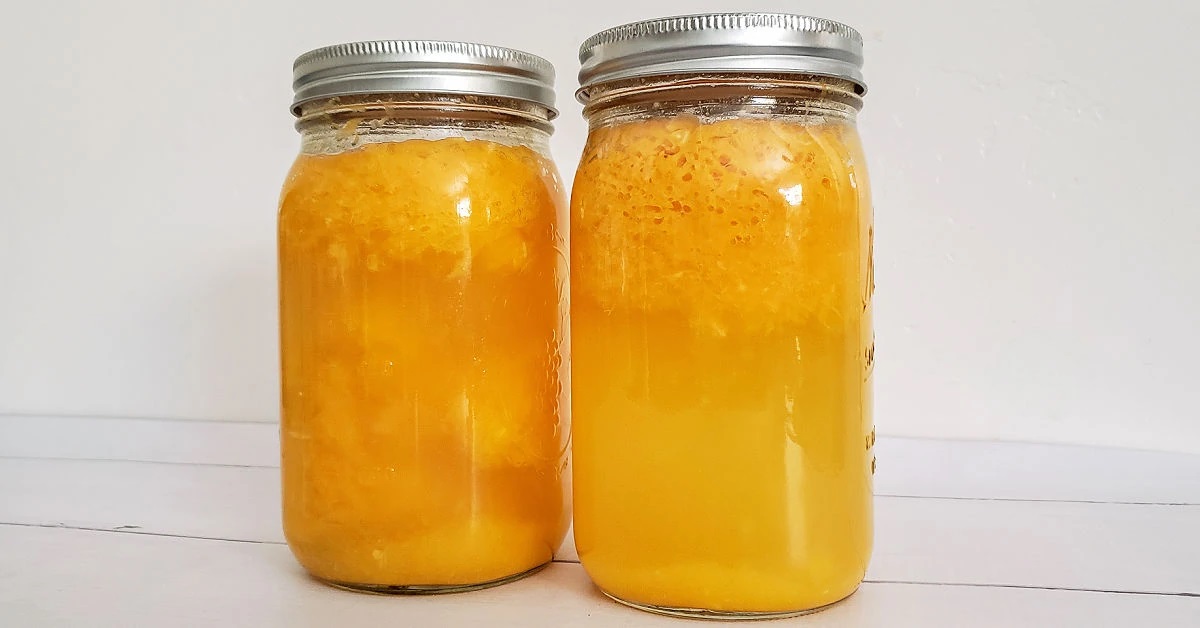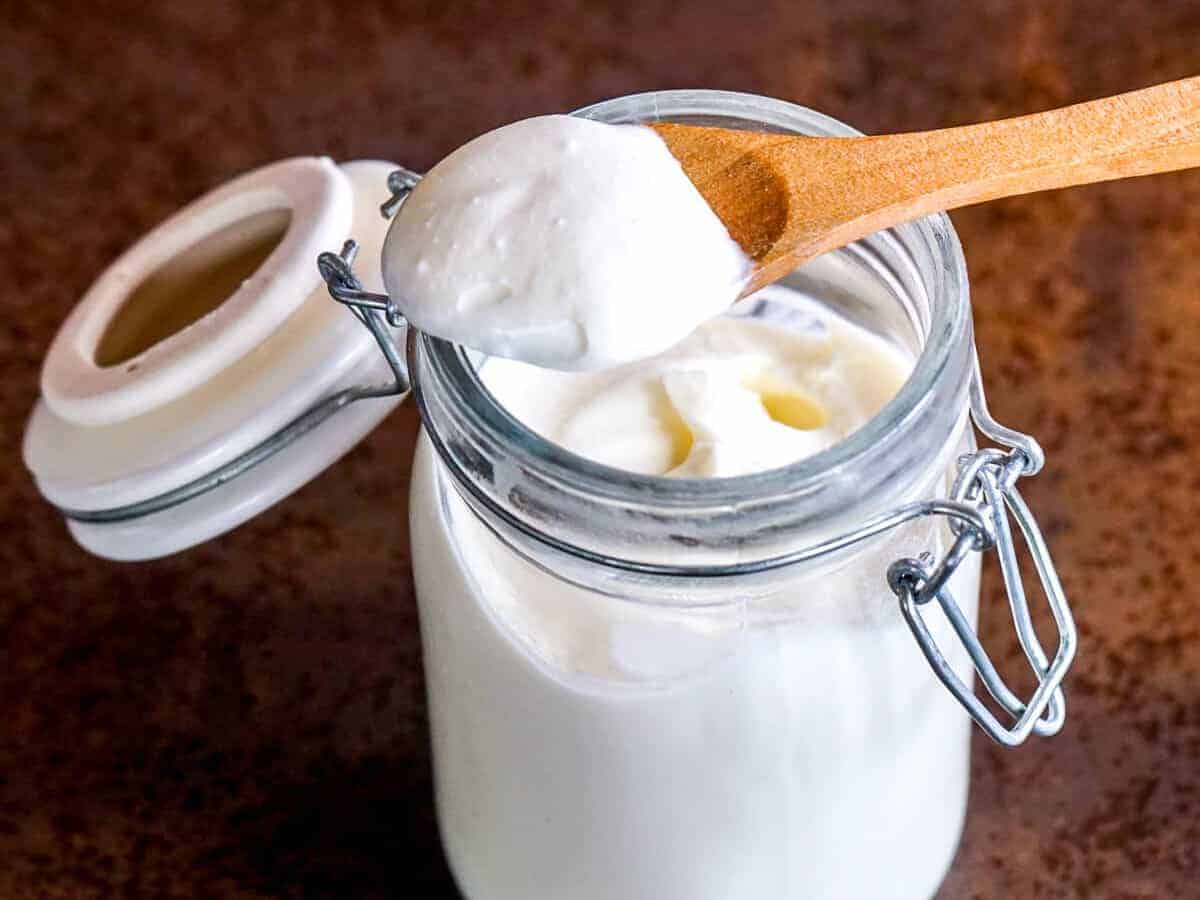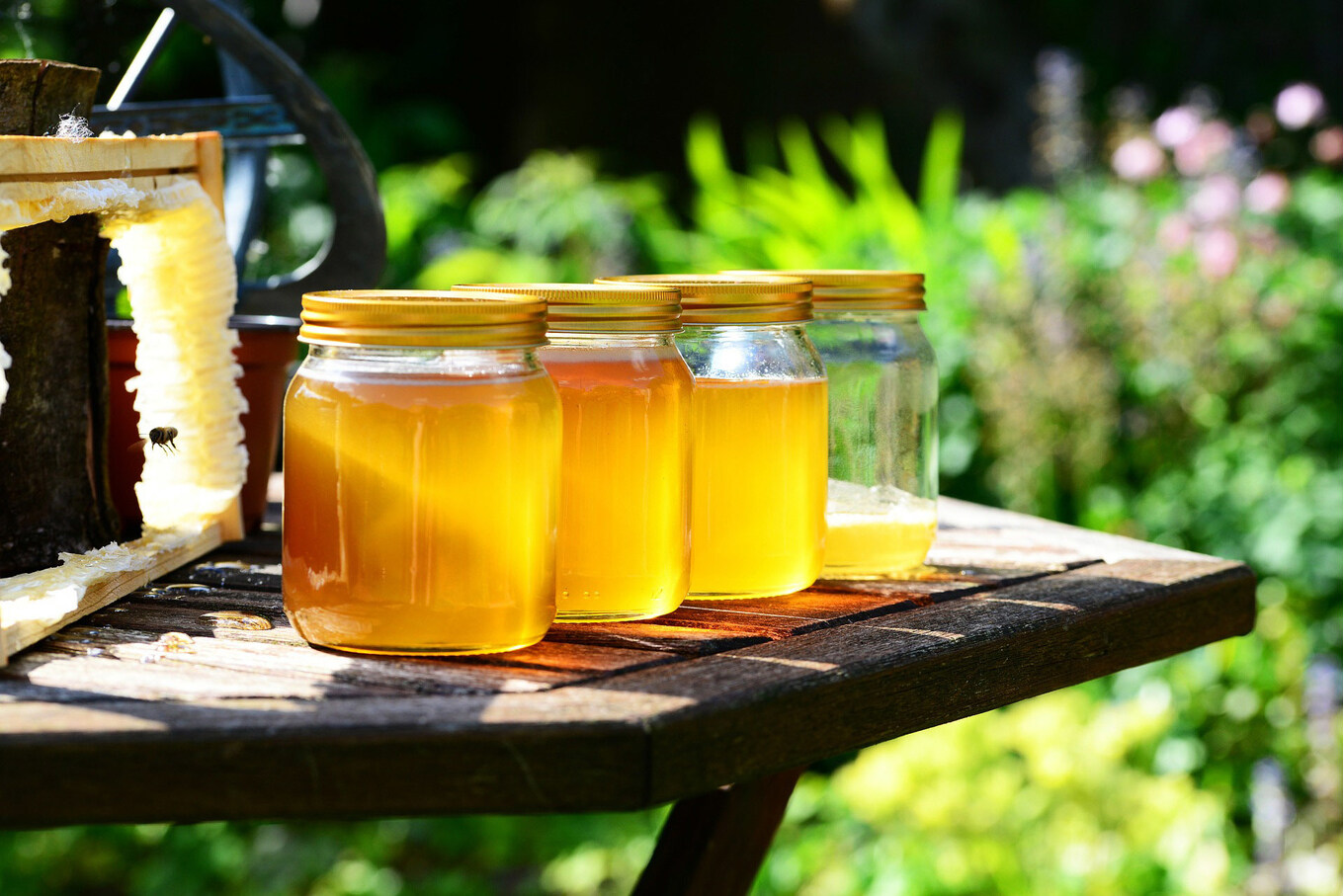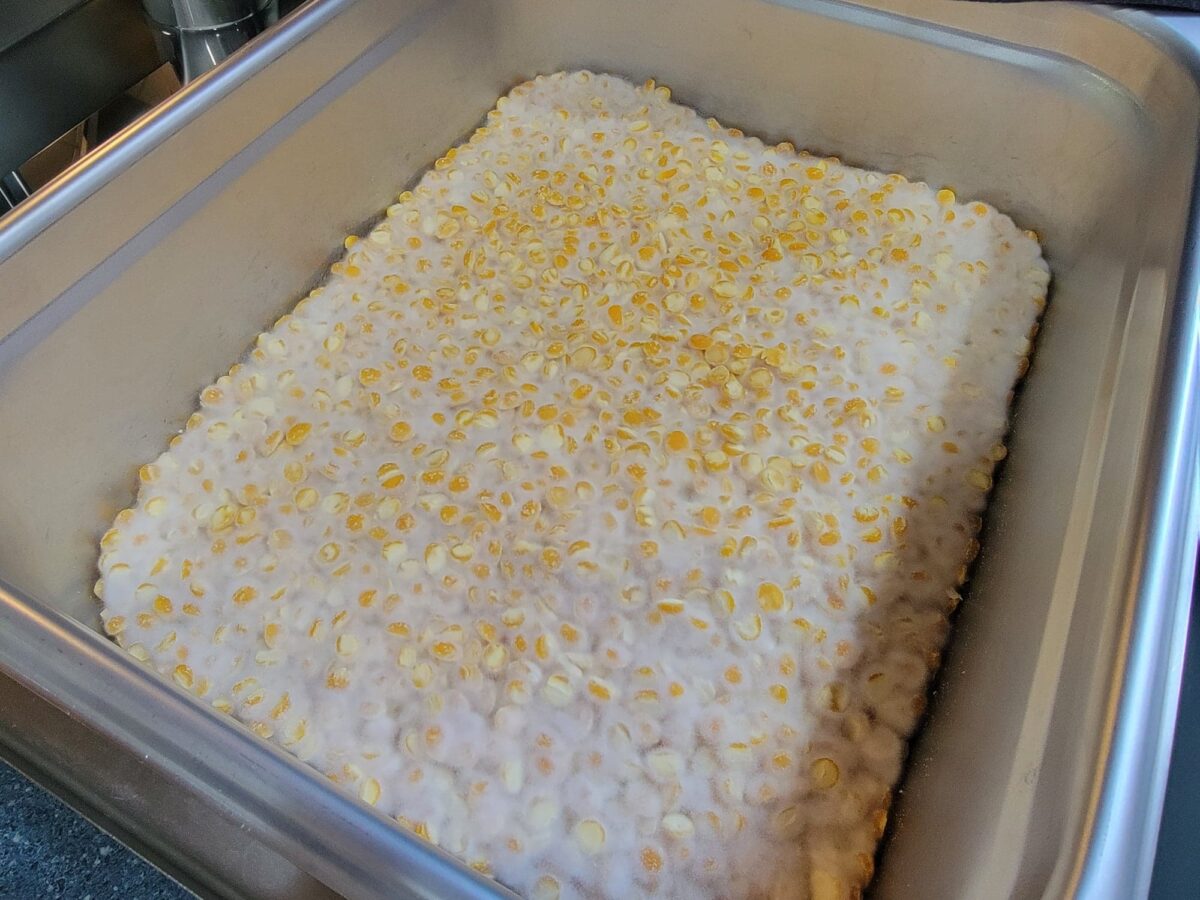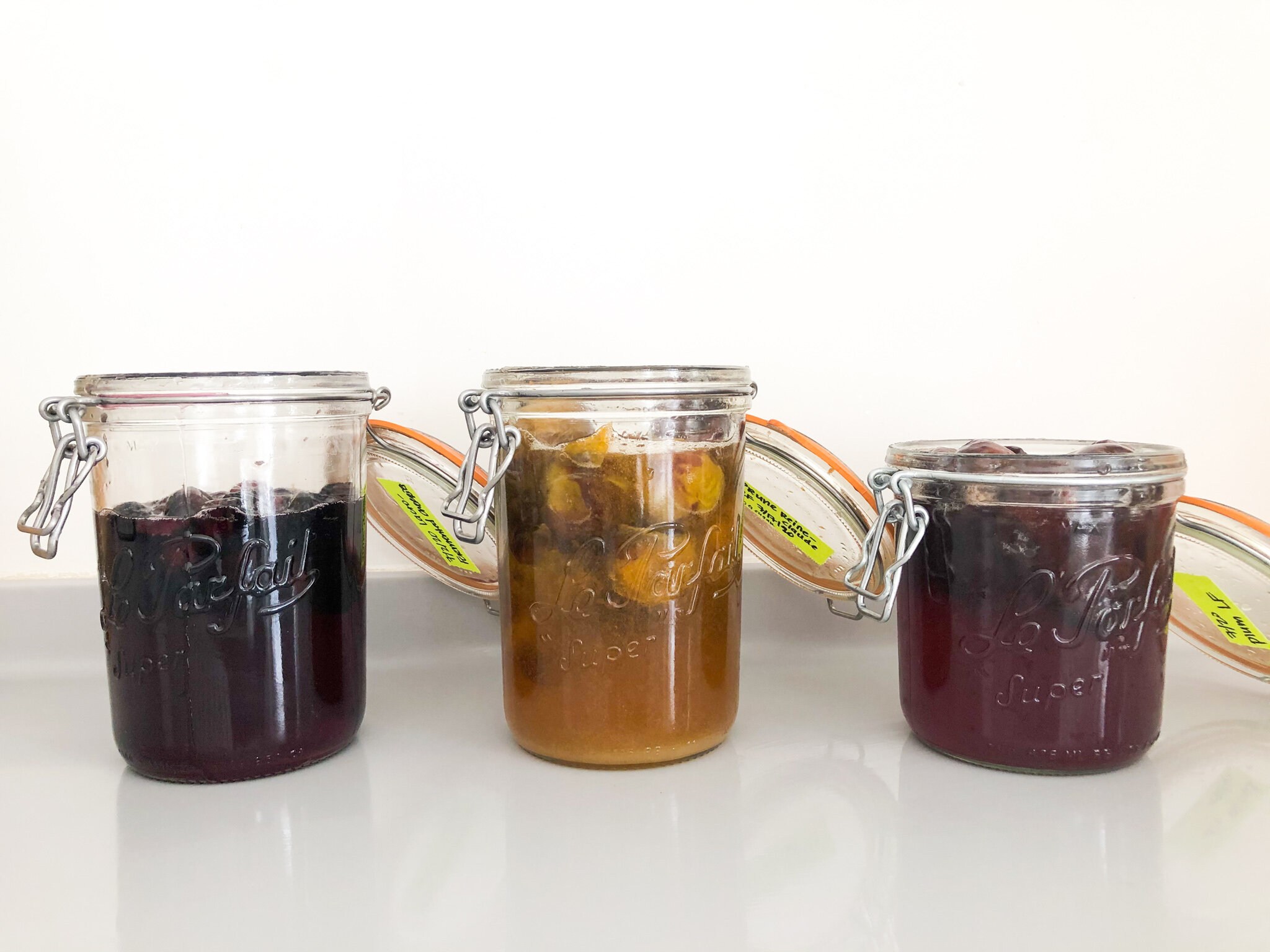What are Lectins and Why Should You Remove Them?
Lectins are a type of protein that can be found in many foods, including grains, legumes, and certain vegetables. While lectins are a natural part of many plants, they can cause digestive issues for some people. When consumed in large amounts, lectins can interfere with the absorption of nutrients and may even cause damage to the lining of the gut.
If you’re looking to reduce your lectin intake, fermenting sprouts can be an effective way to do so. Fermentation can help break down lectins and make them easier to digest, allowing you to enjoy the nutritional benefits of sprouts without the potential drawbacks of lectins.
How to Ferment Sprouts to Remove Lectins
Fermenting sprouts is a simple process that can be done at home with just a few basic ingredients. Here’s a step-by-step guide to fermenting sprouts to remove lectins:
- Choose Your Sprouts: Start by selecting the sprouts you’d like to ferment. Popular choices include mung bean sprouts, alfalfa sprouts, and broccoli sprouts.
- Rinse the Sprouts: Thoroughly rinse the sprouts under cold water to remove any dirt or debris.
- Prepare the Fermentation Solution: In a clean glass jar, mix together water and salt to create a brine solution. The salt will help create an environment that is conducive to fermentation.
- Add the Sprouts: Place the rinsed sprouts into the jar with the brine solution, making sure they are fully submerged.
- Weight the Sprouts: Place a weight on top of the sprouts to keep them submerged in the brine. This will help prevent mold from forming on the surface.
- Cover the Jar: Secure a lid or cover on the jar to keep out any contaminants while still allowing gases to escape during fermentation.
- Allow Fermentation: Let the sprouts ferment at room temperature for several days, checking on them periodically to ensure they remain submerged and to taste-test for desired level of fermentation.
- Store the Fermented Sprouts: Once the sprouts have reached the desired level of fermentation, transfer them to the refrigerator to slow down the fermentation process.
Benefits of Fermented Sprouts
Aside from removing lectins, fermenting sprouts can also offer other health benefits. The fermentation process can enhance the bioavailability of nutrients, making them easier for the body to absorb. Additionally, fermented sprouts can be a source of beneficial probiotics, which can support gut health and overall well-being.
Ways to Enjoy Fermented Sprouts
Once your sprouts have been fermented, there are numerous ways to incorporate them into your diet:
- Add them to salads for a crunchy and tangy twist
- Use them as a topping for soups or stews
- Blend them into smoothies for an added nutritional boost
- Enjoy them as a standalone snack
By fermenting sprouts to remove lectins, you can enjoy the nutritional benefits of sprouts without the potential digestive issues associated with lectins. With a few simple steps, you can create a delicious and gut-friendly addition to your diet.
Remember to always consult with a healthcare professional or nutritionist if you have any specific dietary concerns or health conditions.
Was this page helpful?
Read Next: How To Ferment Beet
